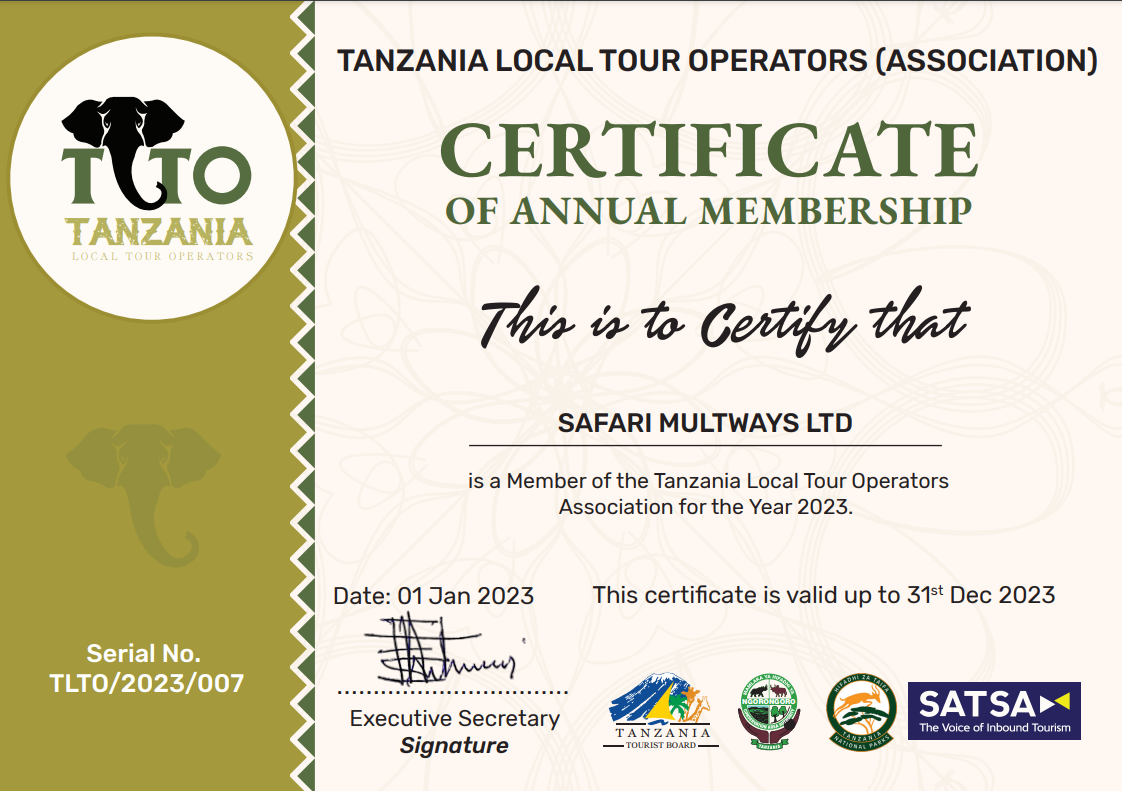Unveiling the Mystique: Kilimanjaro’s Current Activity
The Enigmatic Mount Kilimanjaro
Mount Kilimanjaro, the towering peak that looms over the African landscape, has long captured the imagination of adventurers and explorers alike. Rising 19,341 feet above sea level, this majestic mountain is the highest in Africa and the tallest freestanding mountain in the world. Its snow-capped summit, often shrouded in mist and mystery, has beckoned countless climbers to attempt the challenging ascent to the peak.
But beyond its physical beauty, Mount Kilimanjaro holds a deeper allure – a mystical quality that has fascinated scientists and researchers for decades. From its unique ecosystem to its geologic origins, the mountain’s enigmatic nature continues to intrigue and inspire.
A Closer Look at Its Current Activity
While Mount Kilimanjaro may appear dormant to the untrained eye, its seemingly peaceful exterior belies a history of volcanic activity. The mountain is actually a dormant stratovolcano, comprised of three volcanic cones: Kibo, Mawenzi, and Shira. Though eruptions have not been recorded in recent history, Kilimanjaro’s geologic past suggests that it is not entirely inactive.
Recent studies have revealed subtle signs of volcanic activity beneath the surface of the mountain. Scientists have detected increased seismic activity and rising temperatures in certain areas, indicating a potential reawakening of the volcano. While the likelihood of a major eruption remains low, these findings have sparked renewed interest in monitoring Kilimanjaro’s geothermal activity.
In addition to its volcanic origins, Mount Kilimanjaro is renowned for its unique climate and ecosystem. The mountain is home to five distinct ecological zones, ranging from lush rainforest at the base to arctic conditions near the summit. This diversity of habitats supports a wide array of plant and animal species, many of which are found nowhere else on Earth.
However, climate change poses a significant threat to Kilimanjaro’s delicate ecosystem. The mountain’s glaciers, which have been receding for decades, are now at risk of disappearing entirely within the next few decades. This loss of ice not only affects the local environment but also has broader implications for global climate patterns.
Despite these challenges, efforts are underway to preserve Mount Kilimanjaro’s natural beauty and cultural significance. Conservation initiatives aim to protect the mountain’s fragile ecosystem and promote sustainable tourism practices. By raising awareness of the threats facing Kilimanjaro and implementing responsible environmental policies, we can ensure that this iconic landmark remains a symbol of wonder and inspiration for generations to come.
In conclusion, Mount Kilimanjaro’s current activity offers a glimpse into the dynamic forces at work beneath its serene exterior. As we continue to study and appreciate the mountain’s geologic and ecological wonders, we are reminded of the need to protect and preserve this natural treasure for future generations. Let us continue to unlock the mysteries of Kilimanjaro and celebrate its enduring legacy as a symbol of beauty, resilience, and adventure.



